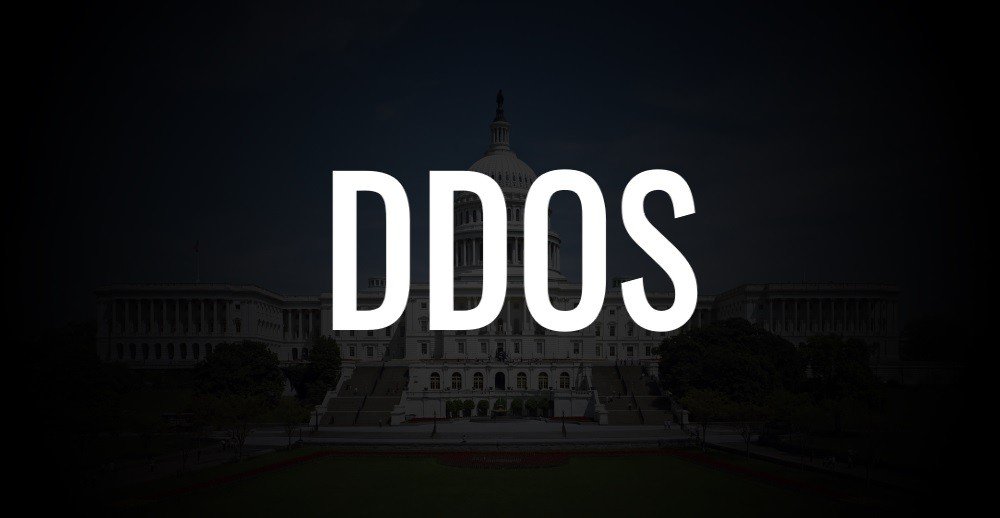Library of Congress and Copyright Office also affected. The US Congress has just recovered after a three-day-long DDoS attack that has crippled its online portal congress.gov, along with adjacent sites such as the US Library of Congress (loc.gov), and the US Copyright Office (coypright.gov).

Working as a cyber security solutions architect, Alisa focuses on application and network security. Before joining us she held a cyber security researcher positions within a variety of cyber security start-ups. She also experience in different industry domains like finance, healthcare and consumer products.











